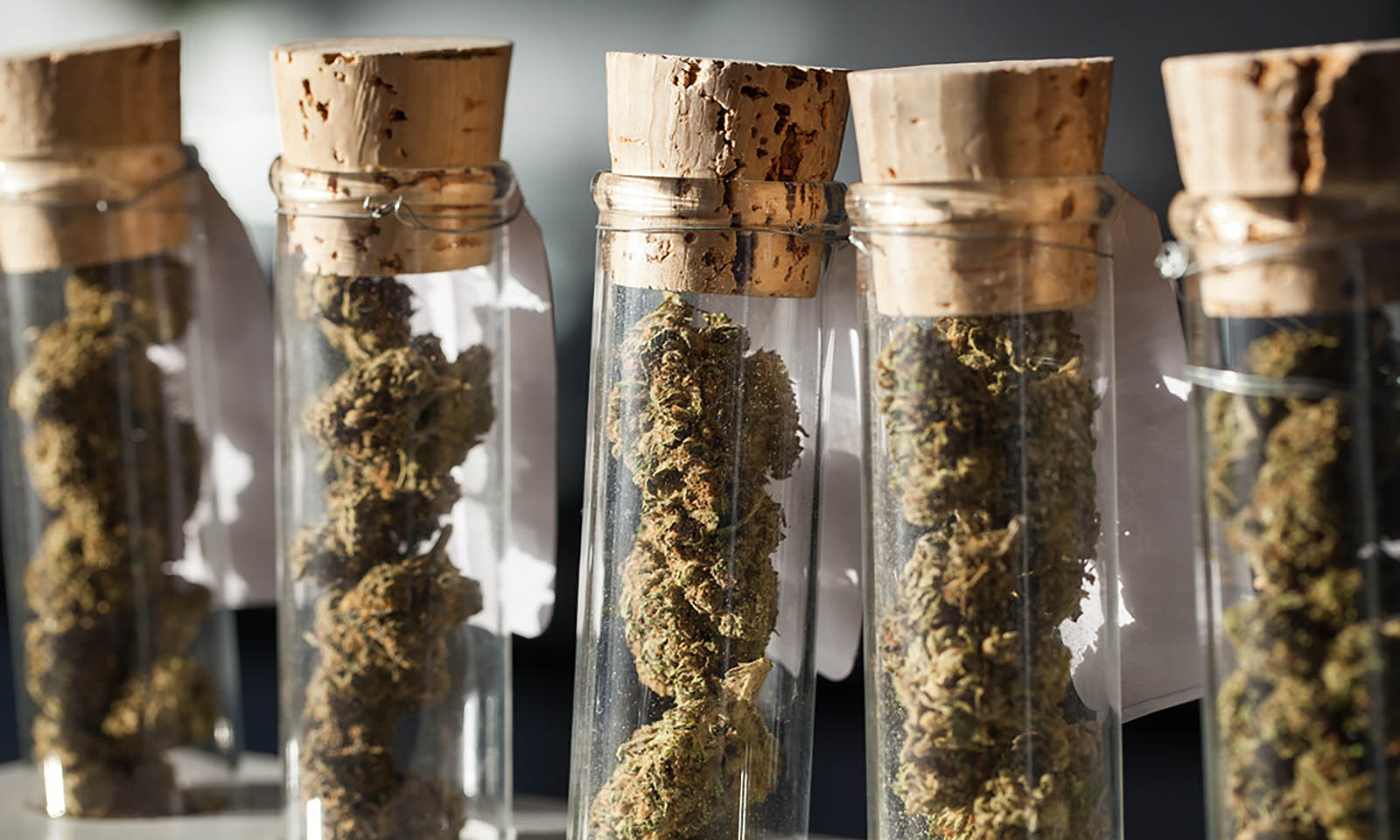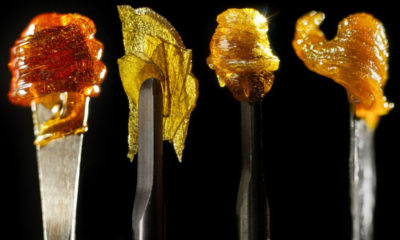
Culture
5 Best Practices for Cannabis Consumers
Marijuana is now a licensed industry, so here are ways to help it grow.
For legal states, the days of furtive alleyway exchanges of cash and dime bags, followed by an all-too-often realization that the weed was dirt – not to mention that the bag was light and the dealer had vanished like a vape puff – are finally fading fast in the rearview mirror.
Fortunately, legalization has brought with it the legitimization of commercial enterprise. As I write this, self-regulatory organizations such as the nonprofit. ASTM International, the National Association of Cannabis Businesses and the Foundation of Cannabis Unified Standards (to name a few) are addressing standards and best practices for this fledgling industry. These issues include things like quality, consistency, safety, organic certification, processing, testing, labeling, packaging, ethical labor practices, security and much, much more.
While “best practices” is typically a phrase reserved for industries trying to set universal standards for doing business, I propose that we as the thoughtful cannabis-consuming public also develop a canon of our own best practices, our own personal code of conduct.
It simply makes good sense, but it also speaks to long-term success. Just as best practices from a business standpoint will improve the industry’s image and an individual company’s bottom line, so too will our sharing responsibly and being as informed as possible go a long way toward improving public perception and putting the onus on cannabis-related ventures to offer the highest-quality product possible.
Here are a few ways we all can be a positive part of this important endeavor:
1) Know Before You Buy
Ask your friendly neighborhood budtender all of the questions in your head, like how your flower was grown and what, if any, pesticides or additives were applied. Question what is known about the strain you’re considering, such as what terpenes it contains, whether it also offers CBD and at what percentages.
Also, find out what extraction process was used to concoct the edibles and concentrates you’re considering. Try to determine if the producer of these consumables knows what strains they contain, or if it’s just a mishmash. All of these things can affect your health and reactions to the product and are worth figuring out.
2) Communicate Effectively With Fellow Consumers
In the early days of legalization, some friends and I took a package of commercially made edibles on a river rafting trip. Because the label information was confusing, we all wound up ingesting about four times as much THC as we should have (or would ever want to). Needless to say, although it ended well, it was an extremely unpleasant experience of heart-racing, paranoia and lethargy that lasted for about 8 hours.
Since then, I’ve attended multiple industry parties where homemade and commercially infused products were shared widely with attendees, and the people who were sharing them weren’t disclosing the THC content or anything about what was in them. In a legal, educated era, that’s wildly inappropriate.
If you made the edibles, calculate how much THC is in them and share that information so that the people who eat your edibles know what the potential potency is and can make an informed decision about dosage and portions. This disclosure goes for flower, too. For some, THC percentages could mean the difference between a fun evening and an anxiety-ridden early departure.
3) Be a Standup Representative of the Community
Hitting a vape pen in the single-stall bathroom at Starbucks barely leaves behind a scent, but lighting up a joint or a pipe there is something else entirely. For one, the next person using the restroom might not enjoy the lingering smell, and for another, the smell could also only add fuel to the false-impression fire that people who imbibe cannabis are irresponsible.
If you long for normalization and a universal acceptance of cannabis as a regular part of our lives, treat it like the regulated and serious commodity that it is.
4) Be Proactively Involved
If you’re in a legal state, it’s a good idea to remember that the majority of people in this country — let alone the world — still don’t have access.
Be as aware as you can of what’s happening in the new era of marijuana and get as involved as possible. Find causes that are meaningful to you and jump in to help. For instance, groups such as Students for Sensible Drug Policy are always looking for knowledgeable and committed legalization advocates.
That’s just one example of the hundreds of organizations out there working to make this a better weed world. There’s bound to be one that speaks to you and could use your help right now.
5) Share Information Responsibly
Don’t mindlessly repost a story just because it has a catchy headline you agree with. Search around for corroboration of the facts and the reporting, and only give it your stamp of approval if you feel 100 percent certain that it has bona fide origins. Fake news can only hurt the cannabis community at large in the long run, so just say no to passing it along to others.
Originally published in Issue 31 of Cannabis Now. LEARN MORE
TELL US, what are your best practices as a cannabis consumer?


























